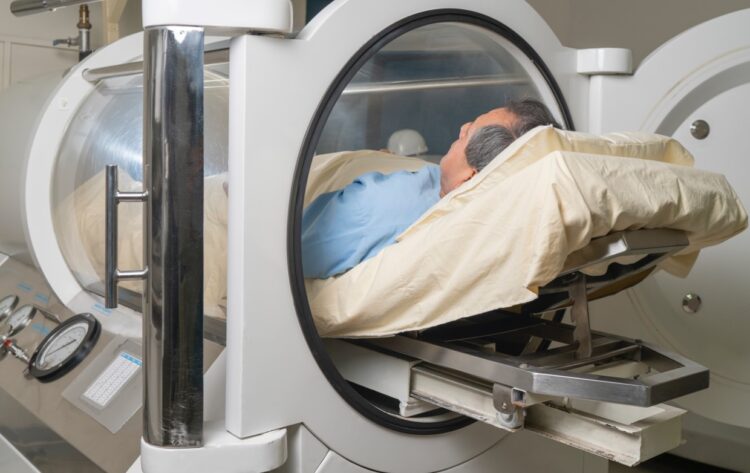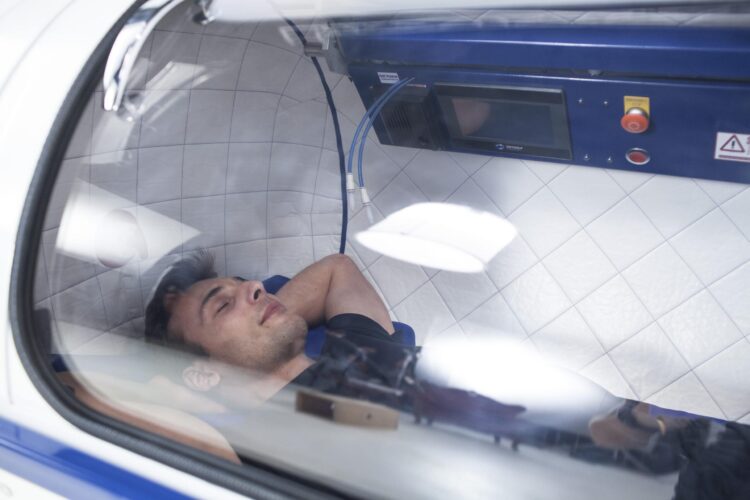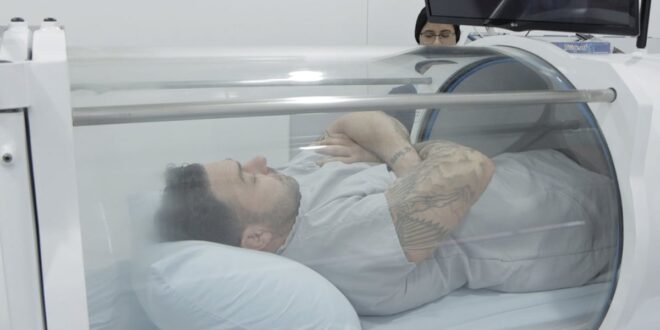Hyperbaric Oxygen Therapy (HBOT) is a medical treatment that has garnered significant attention for its potential benefits. By delivering pure oxygen at higher-than-normal atmospheric pressures, it aims to enhance the body’s natural healing processes.
Yet, discussions around HBOT are often clouded with conflicting claims about its effectiveness. This article seeks to separate fact from fiction by exploring both the proven applications and the misconceptions surrounding HBOT’s success rates.
The Science Behind HBOT

To breathe in pure oxygen, the patient receiving HBOT LA is placed in a pressurized chamber. Under some circumstances, this mechanism can assist restore normal physiological function and aid in tissue repair by increasing the quantity of oxygen in the circulation.
The basic idea underlying HBOT is that the body can better support its healing processes when it has access to extra oxygen. Research supports HBOT’s efficacy in treating certain medical conditions.
For example, it is a well-established treatment for decompression sickness, a hazard of scuba diving. Furthermore, it has been proven effective in healing chronic wounds, such as diabetic foot ulcers, by promoting blood vessel growth and fighting infection.
The U.S. Food and Drug Administration (FDA) also recognizes its benefits in treating conditions like carbon monoxide poisoning and gas gangrene.
Debunking Common Myths
One major myth about HBOT is that it’s a miracle cure for a wide range of diseases, including cancer and Alzheimer’s disease. While research is ongoing, there’s insufficient evidence to broadly endorse HBOT for these conditions.
The misconception arises from overstated claims and anecdotal reports, which do not substitute for rigorous scientific evidence. Patients must consult healthcare professionals before pursuing HBOT for conditions outside its established uses.
Setting realistic expectations is key to understanding HBOT’s role in medical treatment. It is not an instantaneous or guaranteed solution. Success rates vary depending on the condition being treated and the individual’s overall health.
For instance, while HBOT can accelerate wound healing in diabetic foot ulcers, it may not be as effective for all patients. Recognizing this helps patients and their families make informed decisions about incorporating HBOT into their treatment plans.

The Future of HBOT
The future of HBOT looks promising, with ongoing research exploring its potential in new areas. Scientists are investigating its use in stroke recovery, traumatic brain injury, and certain neurological conditions.
As technology advances, improvements in HBOT chambers and treatment protocols may enhance its efficacy and accessibility for a broader range of conditions.
It’s crucial to navigate the hype surrounding HBOT with a critical eye. The medical community continues to scrutinize and validate new applications through clinical trials and research.
This rigorous approach ensures that any new endorsements of HBOT are based on solid evidence, reinforcing its legitimate place in medicine while dispelling unfounded myths.
Conclusion

In conclusion, while Hyperbaric Oxygen Therapy holds considerable promise in specific medical applications, it’s important to approach its success rate claims with a discerning perspective.
By distinguishing between scientifically-backed uses and overhyped myths, patients can make informed decisions about their health.
As research progresses, the potential for HBOT to play a more significant role in medicine remains an exciting prospect, grounded in evidence and continuous innovation.
 Hi Boox Popular Magazine 2024
Hi Boox Popular Magazine 2024



